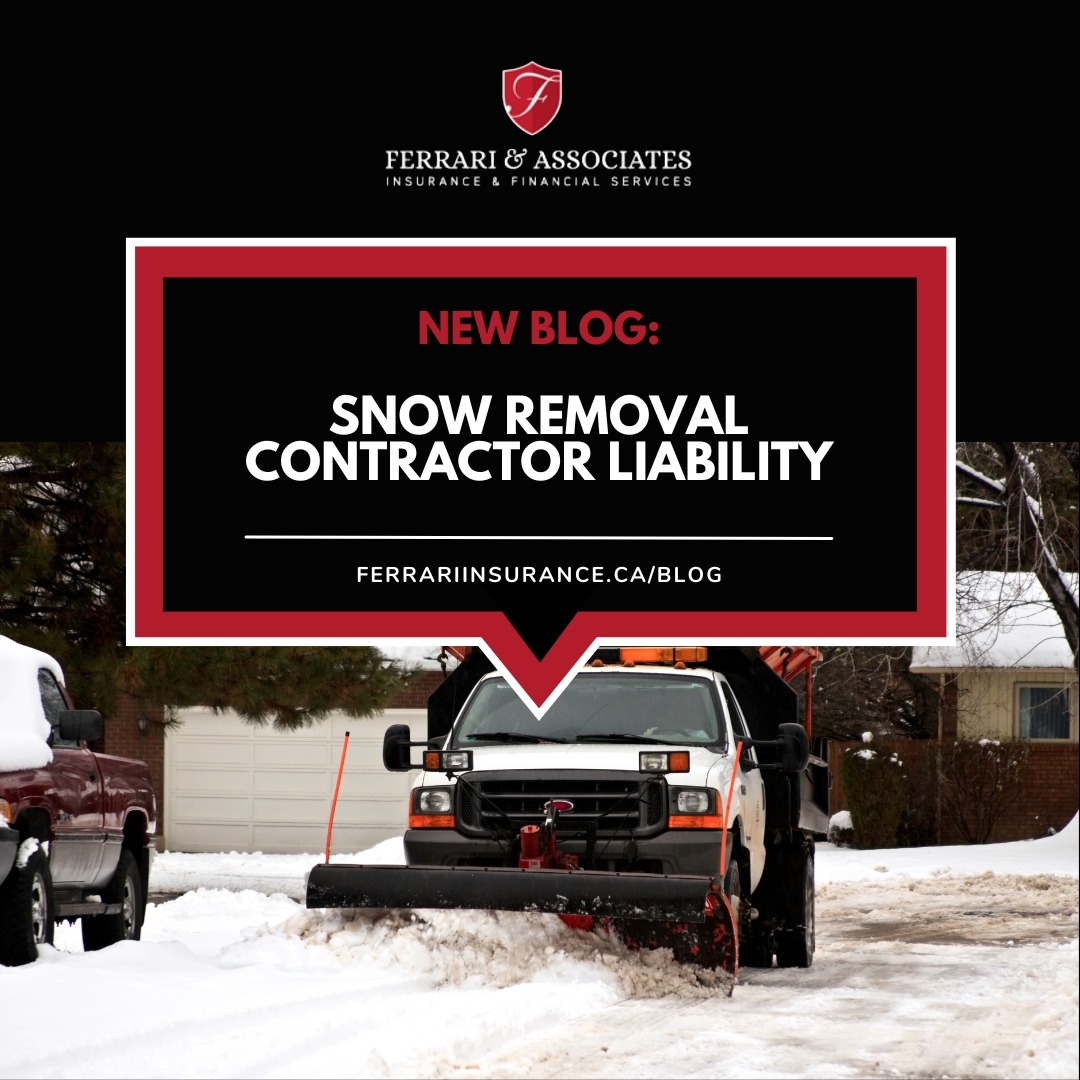Snow removal contractor liability in Canada presents numerous legal challenges due to high-risk environments and unpredictable weather conditions. The nature of the work: high-risk environments, unpredictable weather conditions, and third-party exposure, creates a perfect storm for lawsuits. Personal injury lawyers say slip-and-fall claims remain the number one cause of legal action. Slip and falls often result in costly settlements and reputational damage for contractors. But, risk reduction starts long before a claim is filed, with proactive measures and thorough documentation. This is the first in a three-part article written for snow removal contractors.
Understanding Snow Removal Contractor Liability Risks
Recognizing the scope of snow removal contractor liability is important for contractors operating within this litigious industry. Unlike other professional trades, snow removal contractors can be held liable for injuries to third parties who may never have met the contractor or agreed to their terms of service. The Occupiers’ Liability Act R.S.O 1990, Chapter 0.2 of Ontario allows injured parties to pursue claims against whoever is “in control” of the premises, broadening the potential scope of liability. In many cases, the snow contractor becomes the easy target, even if the property owner was negligent or failed to maintain safe conditions.

Take, for instance, the 2019 case of a Toronto woman who slipped outside a strip mall. Although the property owner had contracted snow clearing services, the contractor didn’t arrive until 8:30 a.m., after the early commuter rush. She broke her leg, and the resulting claim exceeded $300,000 in damages. The snow contractor’s failure to document site arrival time, weather conditions, and other pertinent details made them the prime defendant—even though the owner had also been negligent in maintaining the sidewalk. This case and so many others highlight how crucial proper record-keeping and clear responsibilities are in the legal process.
Contracts and Documentation: Keys to Managing Snow Removal Contractor Liability
Clear contracts are essential in defining the extent of snow removal contractor liability, helping to mitigate legal exposure. Every snow removal contractor should have written agreements in place before the first snowfall to clearly define their responsibilities and limits of liability. Yet many continue to operate without these critical documents, creating massive exposure to legal risks. Well-drafted contracts serve as a defense in court and help establish who is responsible for specific tasks.
Mike Di Pinto, Partner and VP of Construction of Ferrari & Associates explains:
“A vague contract is more dangerous than no contract. It creates ambiguity in court, especially when a plaintiff’s lawyer starts dissecting who was responsible for de-icing, timing, and re-inspection, leaving room for liability to be assigned unfairly.”
Contracts should explicitly define:
- When service is triggered (by time or accumulation)
- Who is responsible for monitoring weather conditions and site safety
- Documentation procedures, including photos and reports
- Site maps and priority zones for snow removal efforts
- Limitations of liability (where permitted by law)
Ferrari & Associates recommends annual contract reviews for all clients to provide updated language aligned with legal precedents where they operate. Regular contract reviews are instrumental in helping contractors maintain enforceable and comprehensive agreements.
Implementing Safety Measures to Reduce Snow Removal Contractor Liability – Setting Conditions and Annual Inspections
While it may seem tedious, documenting “set conditions” at the start of the season is critically important to mitigate risks. This includes performing an annual inspection of the site before winter begins to record existing hazards such as cracks, poor drainage, or uneven surfaces that may be misattributed to the snow removal company later. Site photos should be geo-tagged and timestamped to create irrefutable records in case of future disputes.
In 2020, a claim in Moncton, New Brunswick, stemmed from a sidewalk slab that had shifted prior to snowfall. A pedestrian fell in January, but it wasn’t until March that the property owner filed a claim against their snow contractor, alleging failure to maintain a safe path. The contractor had no inspection photos from the fall season, which critically weakened their defense. With no documentation, the case fell apart under judicial scrutiny.
Partner Che Guerrera adds:
“At Snowposium 2025, we met a snow removal contractor who’s lost a case simply because they had no preseason site photos. The entire case hinged on whether the damage was pre-existing. We remind our clients that courts need proof—not memory—to make fair judgments, making diligent documentation an essential part of risk management.”
Snow removal contractors can significantly reduce their liability and vulnerability to costly legal actions…it starts with you.
This is part one of three in our snow removal contractor liability expert blog series.

